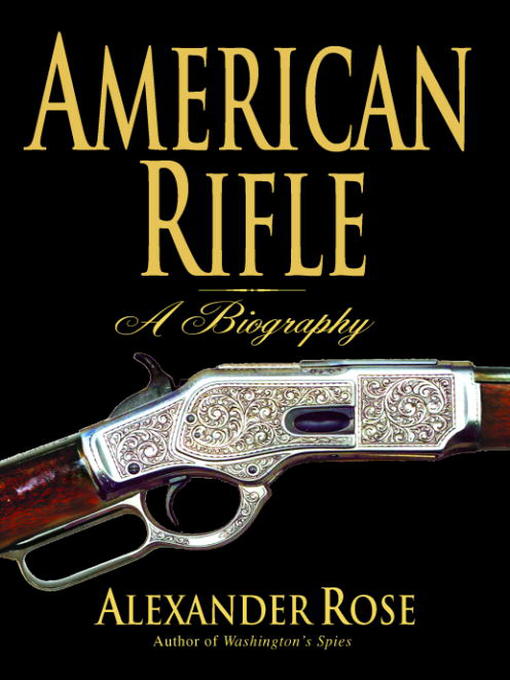
American Rifle
A Biography
کتاب های مرتبط
- اطلاعات
- نقد و بررسی
- دیدگاه کاربران
نقد و بررسی

September 8, 2008
In this solid history, Rose (Washington's Spies
) explores the development of the rifle, such as how it evolved in American history to become an iconic symbol of freedom and how it developed as an effective military instrument as well as a private citizen's firearm. Drawing on numerous primary sources, from letters and journals of ordinary soldiers to the writings of inventors such as Samuel Colt, Rose traces the rise of the rifle from its original use as a hunting tool and a means of defense and protection to its eventual use as an offensive weapon in wars of conquest. Loaded with facts, the book reveals that firearms didn't come into their own in the colonies until 1609, when Samuel de Champlain led his men on a raid of the Mohawks. In their increasing contact with European adventurers and traders, Native Americans recognized the power of firearms and cannily traded for such weapons. By the early 18th century, gunsmiths of German extraction invented a rifle that had greater accuracy and distance than muskets. The Kentucky rifle, so named because it's rumored that Daniel Boone carried one of these early rifles in his travels around the frontier, was easier to load and could drop a bear, or a British soldier, in fewer shots and at a more distant range than a musket. In his entertaining history, Rose engagingly chronicles Americans' peculiar quest to build a more refined and effective firearm.

September 15, 2008
Properly, this is a history of the development of the American "military" rifle, a story that begins with frontiersmen bringing their personal weapons to the fight, then a government with varying degrees of reluctance developing the capability to arm large numbers of fighting men. Historian Rose ("American Spies") is at his best with the Colonial, Revolutionary, and Civil wars, explaining in great but absorbing detail the intricacies of flintlock vs. musket vs. percussion rifle, smoothbore vs. rifling, muzzle loader vs. breech loader. He's intimate with the various pioneering gunsmiths and the growing trend toward industrialization of warfare throughout the 19th century. A constant theme is the endless, excruciating debate between those who desire an army of highly trained marksmen as opposed to those who plump for firepower. He's briefer and less convincing, though well documented, about the 20th century, particularly postWorld War II armaments, although the development of the AR-16 as a challenger to the AK-47 makes an interesting comparison. Recommended for most libraries, this will find readers among historians, militarists, gun enthusiasts, and Americana buffs. Includes extensive footnotes and a lengthy bibliography. Edwin B. Burgess, U.S. Army Combined Arms Research Lib., Fort Leavenworth, KS
Copyright 2008 Library Journal, LLC Used with permission.

September 15, 2008
This fascinating book shows how the history of the U.S. is mirrored in the history of one of its technological achievements, the rifle. The rifle arrived in America in 1492; it was then called a hand cannon, 30 pounds of iron that was, to be fair, not terribly accurate. It wasnt until the early 1600s that riflesor muskets, to be more precisebecame widespread and effective as lethal weapons, and it wasnt until later in the century, when German immigrants arrived with a new kind of firearm that was shorter and lighter and more accurate, that the rifle began its slow evolution into the familiar form it takes today. This book is loaded with detail, full of lively characters and an abundant spirit of invention. The history of the rifle is also the history of mass production, of American politics, of the legal system, andof war itself. It is impossible not to get caught up in this rich, surprising, and engrossing story.(Reprinted with permission of Booklist, copyright 2008, American Library Association.)

























دیدگاه کاربران